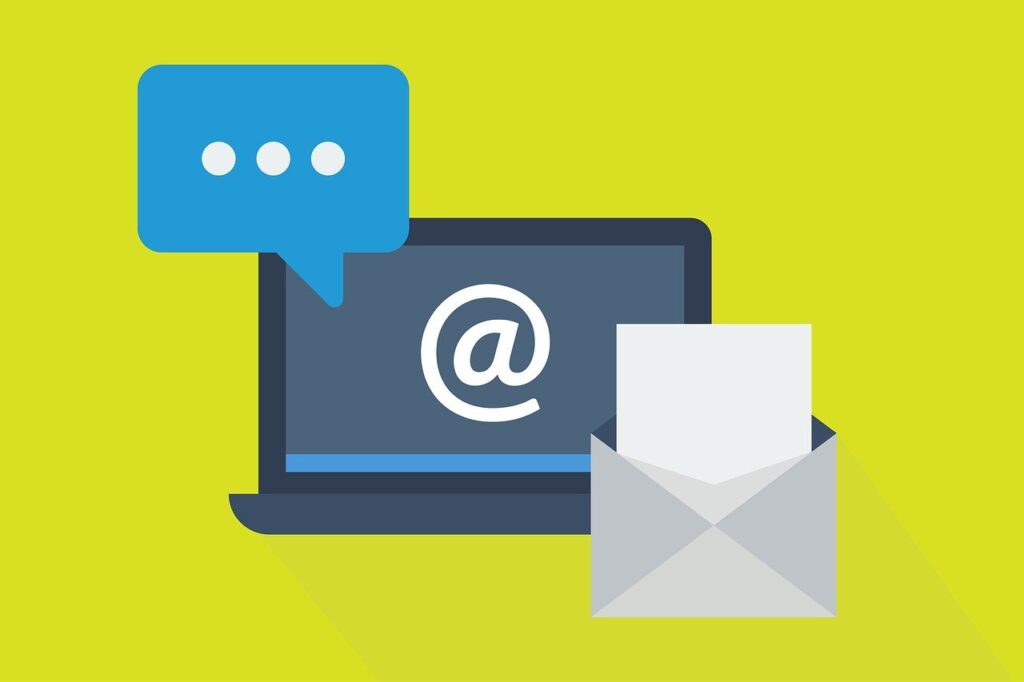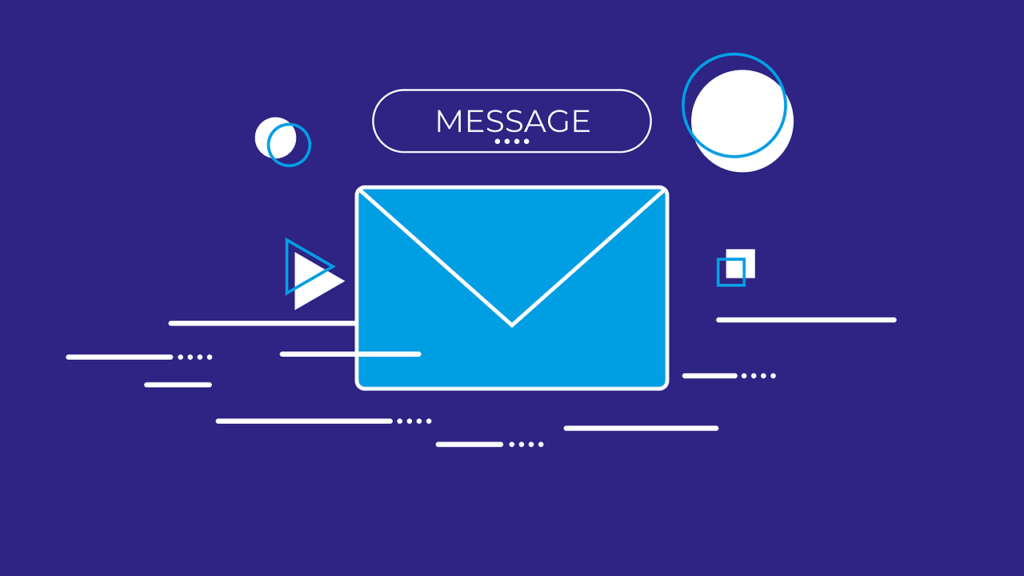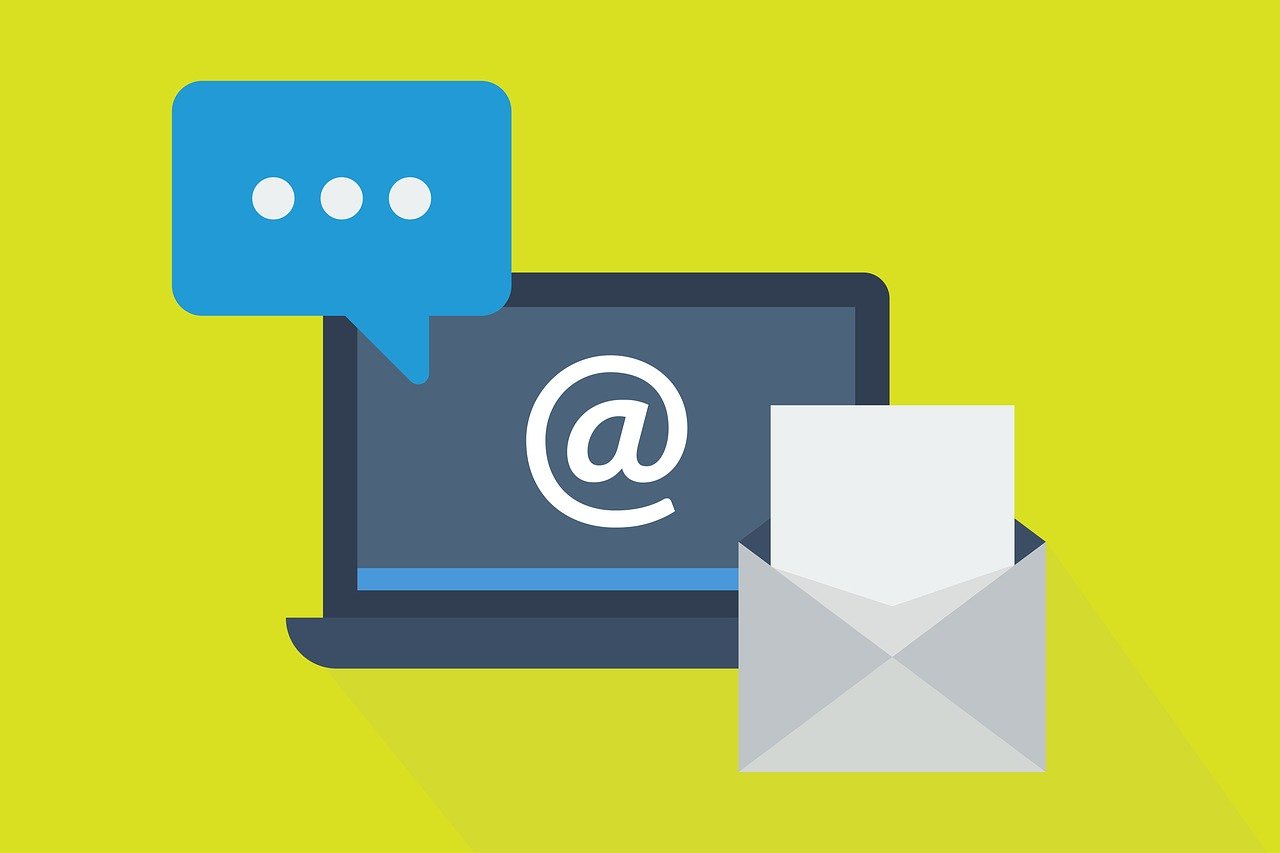Turn Anything into Email Copy

So far, we’ve talked about what a high converting email is and how to write them and the basic anatomy of the email. Now it’s time to write the copy. But where do you start?
Writing copy can be one of the hardest parts of email marketing. You need to find inspiration on what to write and figure out how to use the content you already have for copy.
We’ve all heard (and know to be true, if we’ve been in business for a while) that content is key in building relationships. And to keep those relationships nourishing, you must provide quality content consistently. Your subscribers want to be kept in the loop of the latest and greatest happening from your brand.
But even with all the content you have been sending, sometimes you still struggle to come up with email copy ideas.
In this guide there are ideas for ways to come up with content when you draw a blank. We’ll look at why keeping a swipe file is one of the secret weapons of most copywriters. Next, we’ll take a page out of your daily life and show you how to use it for email copy. Then we’ll talk about curated content and repurposing your other content.
If that’s not enough to get your creative ideas flowing, we’ll look at some ideas for topics for email copy you can use. Finally, we’ll give you some other reasons to send out an email and how to get more engagements and responses.
Swipe Files
Have you ever wondered how copywriters come up with content when they’re stumped on what to write? They use swipe files.
Swipe files are files where you collect copywriting examples. These can be headlines that are catchy, email promotions that stand out, paragraphs that pull you in, catchy phrases or slogans. Swipe files can be photos, graphics, images or even complete websites or landing pages that are successful.
Swipe files help you come up with ideas to write your own copy. You aren’t copying the content; that would be plagiarism. Instead you’re using the swipe file copy to spark your own creative ideas.
If you haven’t started collecting swipe files of good headlines and email copy, you should begin. Whenever you come across a good email or other content, save it to somewhere you can access it, such as Evernote, Trello, or Google Drive. Then when you need inspiration on what to write or how to write something, pull up your swipe files. It’s best if you can keep them organized, say with folders for emails, headings, copy, sales pages, content, or whatever works for you.
To use swipe files, follow these steps.
- Understand your target market and their needs before you begin any writing. Then you can use the work of others to begin creating your own email sales copy by taking inspiration from your swipe files.
- Look at the different elements in the swipe file to get inspiration. Look at:
- The number of words
- The overall format
- The number of adjectives or adverbs they used
- Where they were placed in the headline, copy
- The bullet points and the number of them used
- The impact words of the copy or headline
- Look at the style of the emails. How are they set up? How many images, CTAs or URLs are included? What words do they use to draw the reader in?
- Look for examples of headlines or bullet list points that mirror the “energy” or feeling you want for your piece.
- Start creating your copy or headline using some of the examples as a guide.
Swipe files are helpful in creating sales copy faster that can convert well. Whenever you see some type of content that grabs your attention, save the link for future reference.

Use Daily Life Happenings
When you’re stumped for content, you have to look no further than what’s going on in your daily life. It might sound odd to use your daily life happenings to create email content, especially if you’re doing business emails. But in reality, it might be some of the best content to build relationships and keep your readers coming back.
Let me explain.
Stories sell.
Everyone wants to know the real person, not just the business. Stories keep people interested and reading. And people remember stories more than anything else.
The thing about stories, though, to attract connections and engagement, you have to actually get personal. That means sharing pieces of yourself.
That’s where your daily life happenings come in.
Take something that happened to you or around you today, tie it into your niche, product, service or whatever your promoting. Then send it out to your readers.
Here’s an example:
“It’s been one of those days when it seems everything was against me. The coffee machine decided it wasn’t going to spew out that rich, wake-me-up brew today. The hot water heater decided to take the day off. The older dog decided she didn’t have to share my favorite pair of shoes with me. The cat brought me a rodent present, proudly dropping it at my feet. As I was sitting at my desk, my chair suddenly rolled, throwing one it’s rollers across the room and tossing me to the floor. And all this before 10 a.m.
As I sat there stunned, I suddenly started laughing. I realized that today the Universe was trying to tell me something. And it took throwing me on the floor for me to listen. I needed stop and take time for myself and rejuvenate.
You see, I’ve been burning the midnight oil on a project for work, I haven’t been taking the time I need to relax and was trying to do it all myself. I was letting everything build up, and stress me out. Instead I should have been doing what I teach you.
We all need to take time each day to meditate, plan and delegate out the stuff that we don’t really need to be doing.
The It’s About Me-time course shows you how to ….”
It’s easy to take some event that happened or something someone said and turn it into an email. It shows you as human while building a connection to your readers they can relate to.
